Growing Continuous Beans: Seed Treatments – A Key to Successful Continuous Soybean Rotation
Growers have been contacting the Illinois Soybean Association asking about growing continuous soybeans. Soybeans require few inputs and have a lower product cost per acre than corn, so this is a very relevant question as we go into 2016. While growing continuous soybeans may not be the status quo, there are management practices that you can follow to have a successful growing season. In this article we will be focusing on using seed treatments to mitigate risks associated with continuous soybeans. It is important to remember that seed treatments alone cannot make continuous soybean production successful. Given that varietal selection [...]
Disease Management: Green Stem Soybeans
The challenges for 2015 continue to develop. Another issue growers are facing is green stemed soybeans. There are two distinct types of green stems, Green Stem Syndrome or simply stay green soybeans. In the case of stay green, the soybeans simply mature at a slower rate and the stems, leaves and pods all remain green. Stay green can be attributed to varietal differences, fungicide applications or some herbicide applications. In the case of Green Stem Syndrome, the stems remain green after pods have matured. Sporadically throughout the field you will also notice that several plants will retain their petioles [...]
PODCAST: Soybean Emergence and Early Growth
Unfortunately, this years soybean planting dates have ranged from mid-April to ongoing. Regardless of your planting date we have all had issues with emergence and early vigor. In this podcast, Lynda Anderson, Northwest Illinois Soybean envoy discusses soybean emergence and early growth issues. Launch Podcast >>>
Impact of Seed Size on Seed Rate
Does seed size make a difference when deciding on what plant population to seed? A pound of soybean seed can range from a low of 2,000 seeds to a high of 3,200 seeds, but generally falls in the range of 2,400 to 2,800 seeds per lb. This makes a difference when bagging seed, since a unit of seed (140,000 seeds) will weigh differently when seeds are small and light versus fat and heavy. Several Illinois growers have asked whether, if they have large soybean seed at planting, they can reduce their planting population due to higher percent emergence. In [...]
Evaluating Soybean Stands and Determining Replant
Rain has been abundant in Illinois during the month of June. With the large amounts of rain over the last 2 weeks it is important to evaluate your soybean plant stands. Once a soybean crop is planted, there are many things that can affect your crop’s emergence and plant stand. These include: field conditions at time of planting, planting depth, soil type, fertility, herbicide crop response, rainfall, temperature, crusting, hail, insects and disease just to name a few. Unfortunately, this year we have experienced all of these conditions. Earlier planted soybeans experienced excellent planting conditions, but then the weather [...]
Agronomy: Soybean Planting Progress
As I am writing this update it is 55 degrees and cloudy with 33 mph gusts. It sure does not feel like spring and not the spring soybeans like! Planting progress has been delayed by several rounds of light to moderate rainfall recently. Much of the area received multiple showers, usually averaging a third to 1” per rain event, with reported totals for the last week ranging from 1.5” to 2.5”. Luckily, much of the region has not received pounding rains and reports of flooding or drenching are extremely rare. While we would like to have the crop planted, [...]
Insects: Scouting for Early Season Insects in Soybeans
A number of insects can attack soybeans early in the season, either at aphid or during the early vegetative stages. It pays to be able to identify these insects and understand a bit about their lifecycle, treatment thresholds and methods of control. Seedcorn Maggots: Seedcorn maggots are approximately ¼” in length and are pale, yellowish white maggots that lack defined heads and legs. The Seedcorn Maggot damages soybean plant stands by burrowing into seeds and destroying the germ. Seedcorn Maggots are usually found in fields with manure or fields with high residue. Scouting usually occurs after reduced stands are [...]
Agronomy: Meet Your Soy Envoy: Lynda Anderson
Hello, I’m Lynda Anderson and I’m your 2015 Northwest Illinois Soybean Envoy. I live in Galva, located in southern Henry County, with my husband, Jim, and our three teenage children. I was raised on a corn and soybean farm, in which I am still involved. My passion for agriculture began on the farm as a kid. And today I continue to be passionate about the impact farmers have on feeding the world. I am a graduate of the University of Illinois with a degree in Agricultural Economics. Since graduating, I have worked in the agriculture industry in West Central [...]

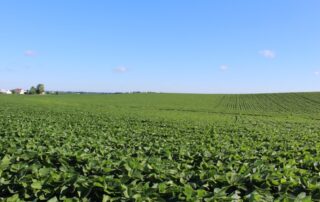
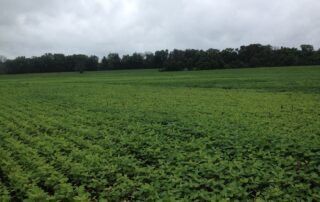
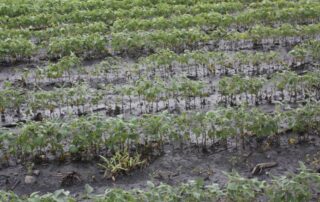
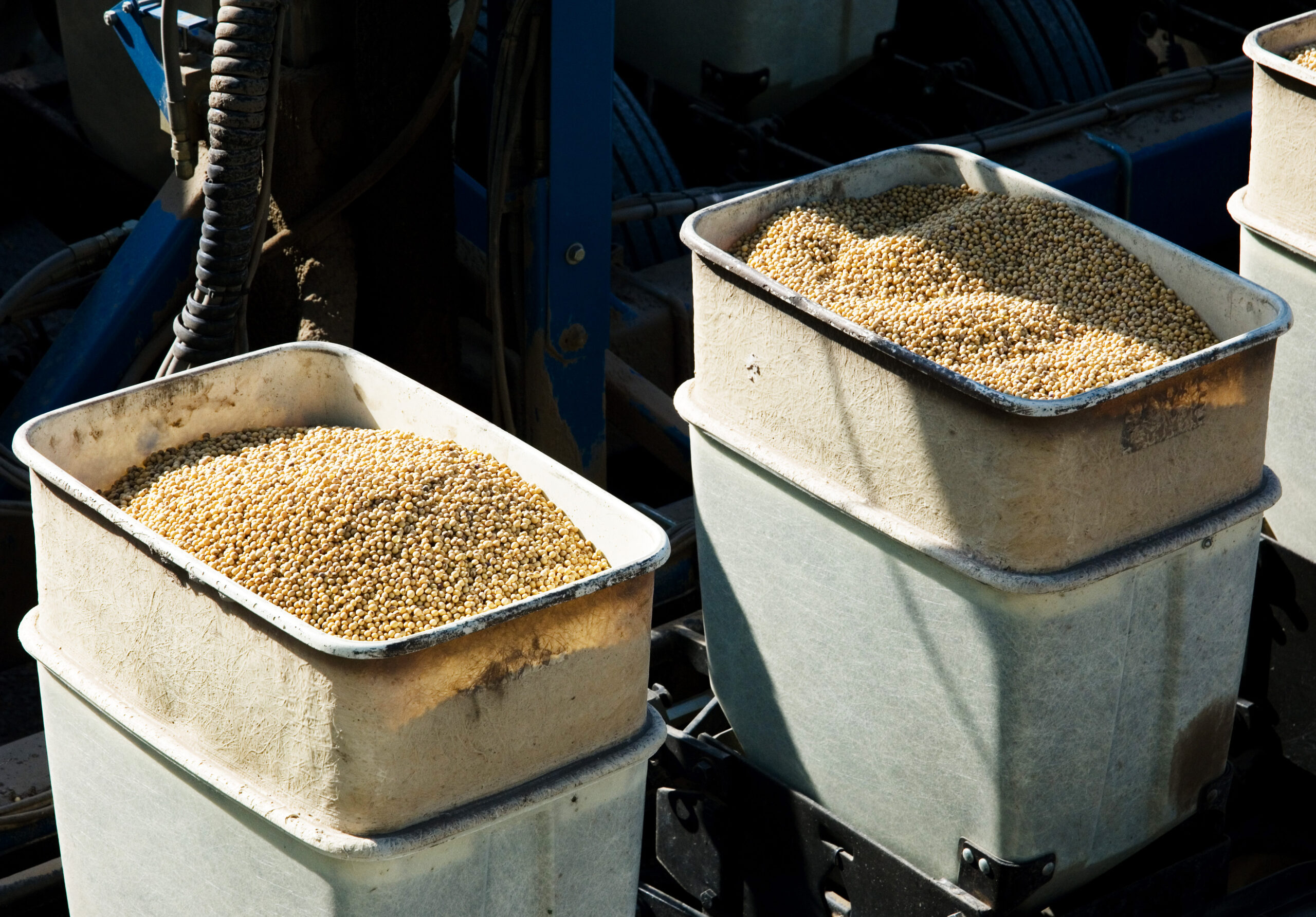
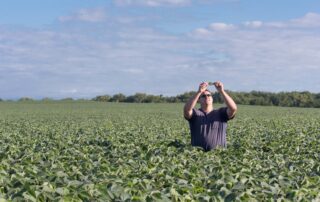
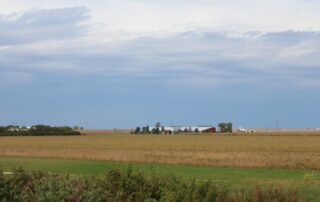
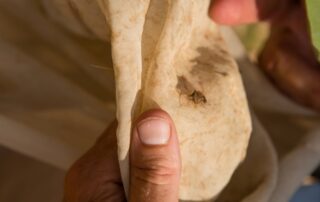
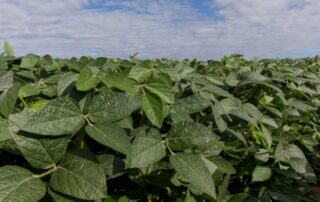



 and then
and then